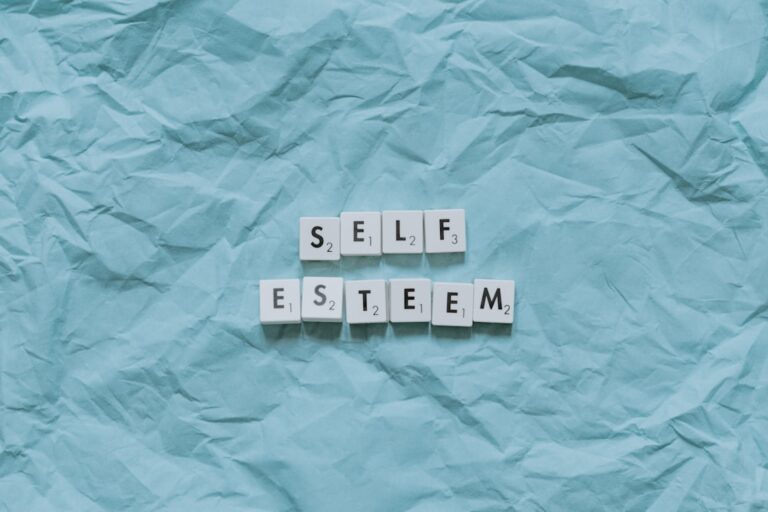
Is your home starting to feel more like a storage unit than a sanctuary? Trust me, I’ve been there. My journey to a more balanced life, overcoming things like binge eating and laziness, taught me that our environment hugely impacts our well-being. A cluttered home often means a cluttered mind, and clearing that physical space can be a game-changer.
It’s easy to feel overwhelmed by the sheer amount of stuff we accumulate. But decluttering doesn’t have to be another monumental task on your to-do list. It can actually be a refreshing process. Let’s explore some creative, and hopefully fun, ways to tackle that clutter and reclaim your space.
The "One-In, One-Out" Rule (With a Twist!)
You’ve probably heard of the classic "one-in, one-out" rule: for every new item that comes into your home, an old one must go. Let’s add a creative twist. Make it a "one-in, two-out" rule for a specific period, say, one month, if you're serious about making a dent. Or, apply it specifically to problem areas. New book? Two old ones go to charity. New kitchen gadget? Two lesser-used ones find a new home. This little tweak speeds things up.
Host a "Declutter and Donate" Challenge with Friends
Everything is better with friends, right? Instead of just you slogging through your stuff, make it a friendly competition or a group effort. Set a date, have everyone commit to filling a certain number of bags or boxes for donation, and then celebrate your collective achievement. You could even pick a specific charity to support together. It adds accountability and a sense of shared purpose.
The "Reverse Hanger" Experiment
This one is a classic for a reason, especially for clothes. Hang all your clothes with the hangers facing the reverse direction. As you wear an item, return it to the closet with the hanger facing the correct way. After a few months (say, six), take a look. You'll have a very clear visual of what you actually wear and what's just taking up space. It’s a gentle, non-confrontational way to see your habits.
Create a "Maybe Box"
Sometimes the hardest part is letting go of items you might need someday. Enter the "Maybe Box." Place items you're unsure about into this box. Seal it, date it, and store it out of sight (like the attic or garage). If you haven't needed to open that box in six months or a year, chances are you don't truly need its contents. Donate the entire unopened box. No second-guessing.
Try the 12-12-12 Challenge
This is a quick and satisfying method. Your mission is to find:
- 12 items to throw away
- 12 items to donate
- 12 items to be returned to their proper home
It’s a small, manageable number that can make a surprising difference, especially if you do it regularly. It’s like those short bursts of deep work I found so effective in my own routine; focused effort yields great results.
Digitize Sentimental Clutter
We all have those sentimental items: old greeting cards, children’s artwork, mementos. They can take up a lot of space. For items whose sentimental value is more in the memory than the object itself, consider digitizing. Take good quality photos or scan them. You can create digital albums that you can look through anytime without the physical clutter. Keep only the truly irreplaceable physical items.
The "One Drawer/Shelf a Day" Approach
Feeling overwhelmed by the thought of decluttering an entire room? Don't. Break it down. Commit to tackling just one drawer, one shelf, or even one small corner each day. It might take longer overall, but it’s far less daunting. I learned this when I was losing weight; focusing on one small change, one day at a time, was key. Those small wins add up to big results. This approach prevents burnout and keeps you moving forward.
Use the "Gift It Forward" Method
Sometimes we hold onto things we don't love anymore because they were gifts, or they're still perfectly good. Reframe this. Think about who could truly use and appreciate these items. Create a "Gift It Forward" box. When you come across something you no longer need but is in good condition, place it in the box. Then, actively look for opportunities to pass these items on to friends, family, or local charities who would be blessed by them.
Set "Expiration Dates" for Clutter Categories
This works well for things like old magazines, product manuals for appliances you no longer own, or even old toiletries. Go through your bathroom and kitchen. Set an "expiration date" for how long you'll keep certain things. For example, "I will only keep the last three issues of this magazine." Or, "If I haven't used this condiment in six months, it's time for it to go." Be realistic and a little ruthless.
Focus on How You Want Your Space to Feel
Instead of just focusing on getting rid of stuff, think about the kind of atmosphere you want to create in your home. Do you want it to feel peaceful? Inspiring? Welcoming? Hold that vision in your mind as you declutter. Ask yourself, "Does this item contribute to the peaceful, purposeful home I want?" This shift in perspective can make it easier to let go of things that don't align with your vision. For me, creating a calm, ordered space was crucial in supporting my journey towards a more focused and faith-centered life. A clear space helped clear my mind for prayer and reflection.
Decluttering is more than just cleaning; it’s about making space for what truly matters in your life. It's about creating an environment that supports your well-being and your goals. Just like overcoming old habits took time and consistent effort for me, transforming your home is a process. Be patient with yourself. Celebrate the small victories.
What’s one small area in your home you could declutter this week to bring a little more peace and order into your life? Take that first step. You’ve got this.





